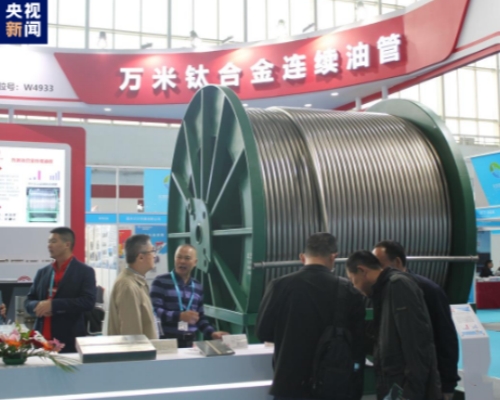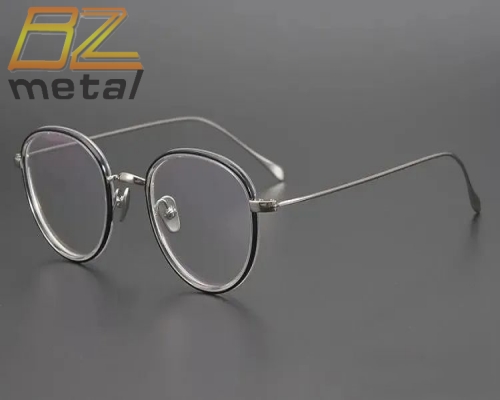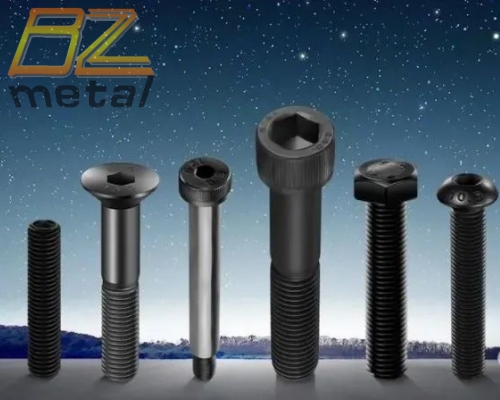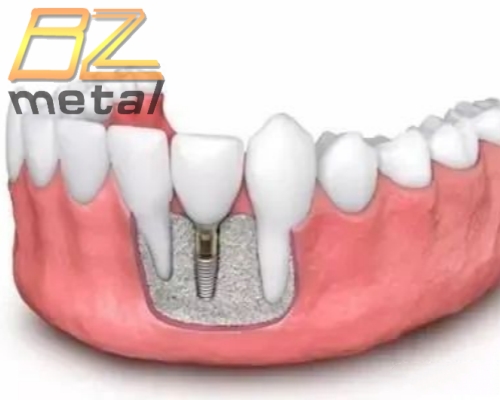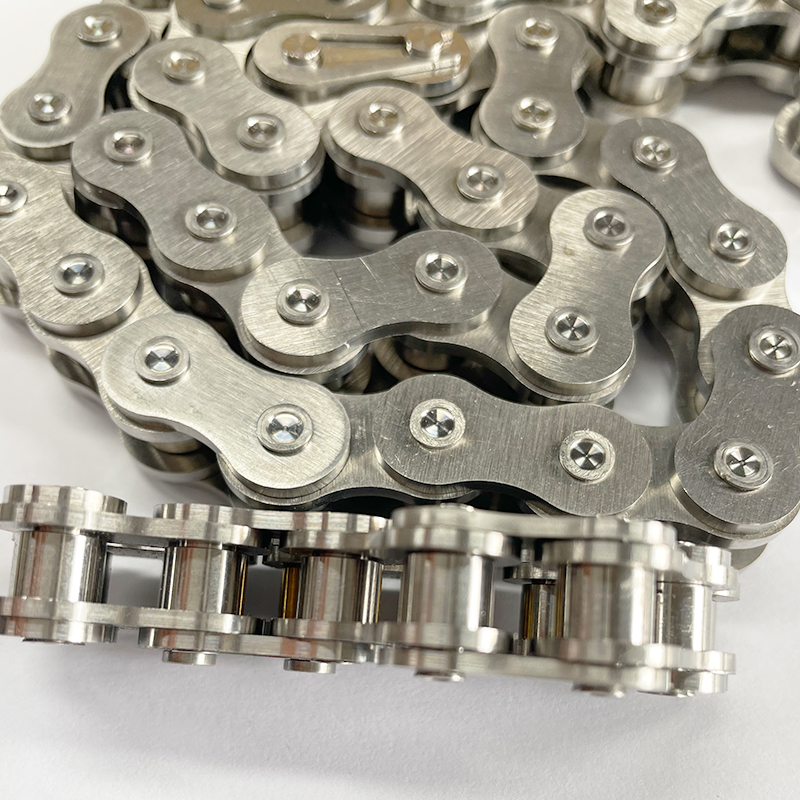Apple analyst: 3D Printing is Expected To Promote The Outbreak Of Demand For Titanium Alloys
Apple analyst: 3D Printing is Expected To Promote The Outbreak Of Demand For Titanium Alloys
Guo Mingqi, a well-known Apple analyst, recently released a report pointing out that CNC has grown rapidly after Apple began to adopt it, and 3D printing may replicate this success story. Titanium is the most commonly used metal in 3D printing production and has a wide range of applications, such as medical and aerospace. Due to the high unit price of titanium, titanium metal parts produced by 3D printing are more cost-effective.
Titanium alloy processing is difficult and the yield is low. Due to the characteristics of high strength, low thermal conductivity and high chemical activity. In terms of processing difficulty, the machining of titanium alloys is more difficult. Therefore, if cutting and grinding techniques are used, the demand for titanium alloy equipment is greater than that of aluminum alloy under the same number of workpieces and working hours.In terms of equipment and tools, most of the processing of titanium alloy products currently uses cutting and grinding technology, and the processing equipment is mainly CNC drilling and tapping centers, grinding machines, etc. PCD (diamond) and CBN (cubic boron nitride) materials are preferred for tools and abrasives.
1. Titanium Alloy Welcomes New Developments in Consumer Electronics Applications, and the certainty of polishing and grinding equipment is strong.
According to Interface news reports, Honor's folding screen V2, which is scheduled to be released in July 2023, will use titanium alloy technology on a large scale for the first time.It is mainly used in folding screen reel devices to reduce the overall thickness and weight of the folding screen. In addition, Apple has a large reserve of titanium alloy patents, which have been laid out for a long time. According to PatentlyApple statistics, so far, Apple has obtained a total of 8 patents related to titanium alloy materials, and the iPhone15 high-end series uses the same Ultra name as the AppleWatch Titanium alloy series. Titanium alloy processing is currently based on cutting and grinding, and 3D printing is the new process direction, but after the processing of the above two processes is completed, grinding machine equipment is required for polishing and polishing to improve the accuracy and finish of the workpiece.

2. Titanium Alloy Cutting and Grinding Technology: the processing difficulty is greater than that of aluminum alloy, and the equipment demand is large under the same requirements.
Titanium alloy processing is difficult and the yield is low. Due to the characteristics of high strength, low thermal conductivity and high chemical activity. In terms of processing difficulty, the mechanical processing of titanium alloy is more difficult: taking the middle frame of the mobile phone as an example, according to Aibang Polymer data, the overall yield of the middle frame of the titanium alloy mobile phone is about 30%-40%, which is much lower than that of the aluminum alloy middle frame. 80%; and the processing time is long, about 3-4 times that of aluminum alloy. Therefore, if cutting and grinding techniques are used, the demand for titanium alloy equipment is greater than that of aluminum alloy under the same number of workpieces and working hours. In terms of equipment and tools, most of the processing of titanium alloy products currently uses cutting and grinding technology, and the processing equipment is mainly CNC drilling and tapping centers, grinding machines, etc. PCD (diamond) and CBN (cubic boron nitride) materials are preferred for tools and abrasives.
3. Metal 3D printing: A new Direction Of Titanium Alloy Processing, which needs to be combined with the polishing and grinding process of CNC machine tools
3D printing, also known as additive manufacturing, is a rapid prototyping technology. It is quickly manufactured based on three-dimensional models of parts, does not require special molds, uses powdered metal materials, and uses layer-by-layer printing to construct objects; it has the characteristics of high convenience, high precision, and low cost. The hot isostatic pressing (HIP) process can effectively eliminate metal 3D printing defects. In the field of titanium alloys, hot isostatic pressing can effectively improve the mechanical properties of titanium alloy workpieces, reduce the cost of titanium alloys, and improve production efficiency and material utilization. The main equipment for metal 3D printing is a 3D printer;
The hot isostatic pressing equipment consists of a high-pressure container, a heating furnace, a compressor, a vacuum pump, and a cooling system. At present, mobile phone manufacturers such as Huawei have used 3D printing to produce titanium alloy structural parts. Metal 3D printing needs to be combined with the grinding and polishing process of CNC machine tools.3D printed parts usually have rough surfaces and require additional post-processing, such as machining, grinding or polishing, to obtain a high-precision smooth surface. The main equipment is grinding machines.

